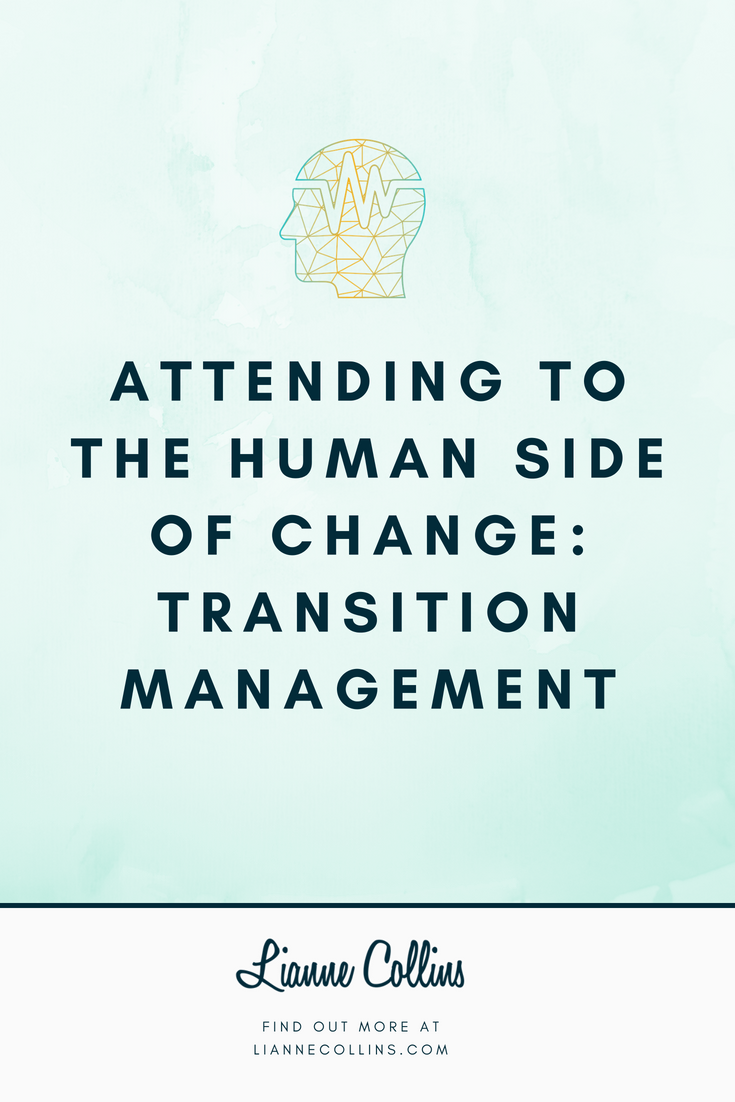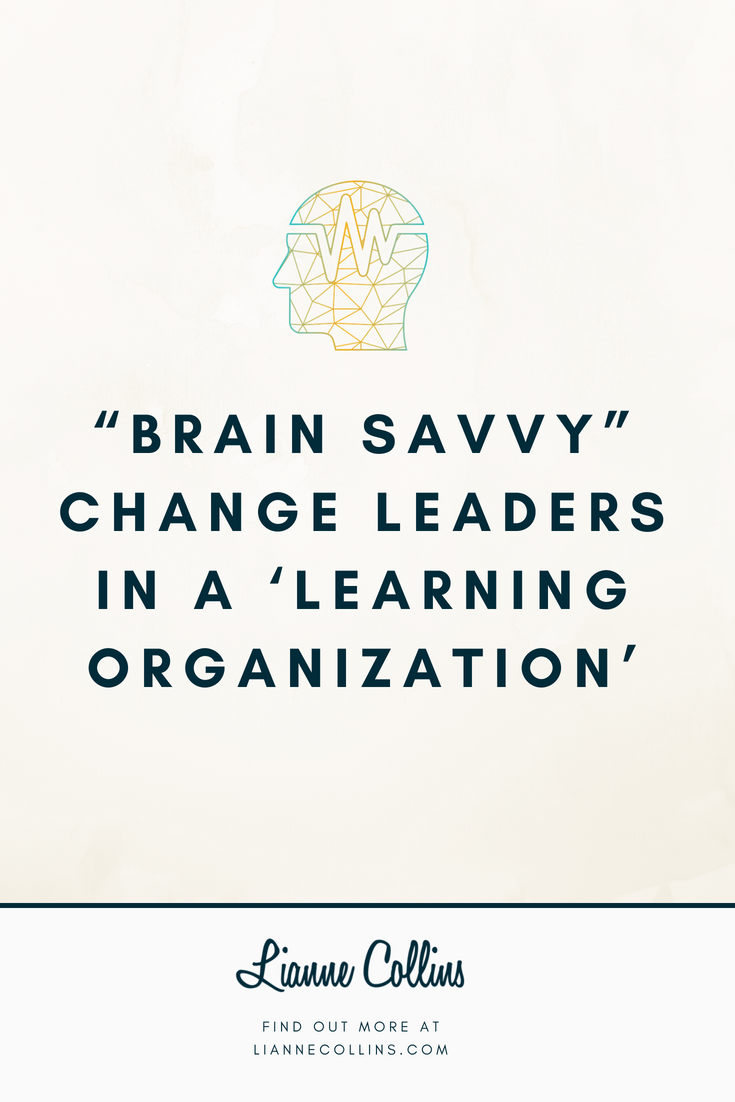You know that the most important skill set for today and tomorrow is our readiness and ability to change, adapt and grow. Did you also know that the “skills for leadership success” - change readiness, emotional agility and resilience - can be learned and profoundly strengthened.
Read MoreContinuous and disruptive change is the new norm. Change is a constant in our lives and every role in the new world of work. Today, all leadership is change leadership.
Why do Flight Attendants reinforce the need to put your oxygen mask on first in an emergency, before trying to help others? Of course, if you don’t take care of yourself, you won’t be any good to anyone else.
Read MoreNeither experience is for the feint of heart. Both are filled with formidable challenges, surprises, shocks and great opportunities for learning and skill building.
Successful, sustainable change and improvements that lead to break through business results require attention to both change and transition.
Read MoreWhen it comes to improving quality, operational efficiency, customer service and costs, leaders need to engage, enable and empower team members. Brain savvy change leaders apply the neuroscience underpinning engagement and collaboration to create a culture that is innovative, agile and resilient.
Read MoreBusiness and healthcare leaders face daunting challenges in implementing transformative change and creating an environment supportive of continuous learning and improvement. There is no playbook or clearly defined roadmap to follow.
Read MoreWe know that how change leaders communicate with their teams about change has significant impact on people’s understanding of the need for change and their attitudes toward change. Neuroscience helps to explain why some approaches to engaging and influencing people are successful and others aren’t.
Read MoreAdvances in neuroscience research are deepening our understanding of the requirements to lead and succeed in the new world of work, filled with frequent and disruptive change and requirements for continuous learning and adaption. These advances are helping to popularize and reinforce the importance of organizational mindfulness and mindful change leadership.
Read MoreThe complexity, disruption and unpredictability in both business and healthcare require a new way of thinking, leading and leading change.
Building organizational change capability is a strategic priority for most organizations. Two decades of experience in leading change and developing high performing change leaders and teams have shaped our understanding of what it takes to build organizational change readiness and capability.
Leaders can’t avoid the current intense and dynamic environment or postpone essential change and improvements but they can enhance their ability to successfully navigate this reality and lead change well. We have learned that leaders need an additional skill set to stay effective and resilient in this high demand, high change environment. They need an inner edge.
Read MoreAre you a CEO or senior leader? If yes – congratulations! You likely have the opportunity to lead transformative organizational change. Transformative change requires highly committed, visible and skillful change leaders…especially ‘at the top’.
Read MoreChange initiatives that are led with an awareness of ‘the brain on change’ work with our biology, enhance engagement and enable people to work at their best.
Read MoreAchieving successful, sustainable change depends on many factors. Organizational change research and our own experiences reinforce that how leaders lead change is a key differentiator between changes that work and changes that don’t go far enough, fast enough or stick.
Read MoreThe neuroscience underpinning leadership and organizational change helps us understand how people in the workplace make decisions and solve problems, how they regulate their emotions, how they collaborate with and influence others and their level of readiness and capacity for organizational change and improvement.
Read MoreChange disrupts the workplace and destabilizes people. Morale slips, productivity and performance drop and personal stress and interpersonal conflicts escalate.
Read MoreThe level of complexity, rate and pace of change continue to increase in hospitals across North America. Healthcare leaders are confronting issues related to accessibility, safety, quality, the patient experience and costs of care every day.
Read More




















